We’re revisiting music in Appalachia and taking a look back at banjo making in Appalachia, from its origins in West Africa to mountain musicians in the 1970s. In this region, banjos typically had a skin drumhead and were unfretted. It wasn’t until later in the 20th century that luthiers started adding frets, fifth strings, and metal components. Scroll down for recommended reading and pictures from some of the interviews conducted in the 1970s!
Help support our mission – become a member!
Listen to our original episode on folk music and instruments in Appalachia here.
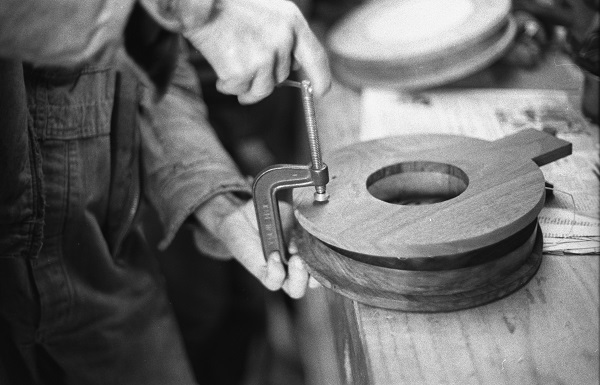
Stanley Hicks clamps the body of a banjo.

Stanley adds a bridge on top of the skin head.
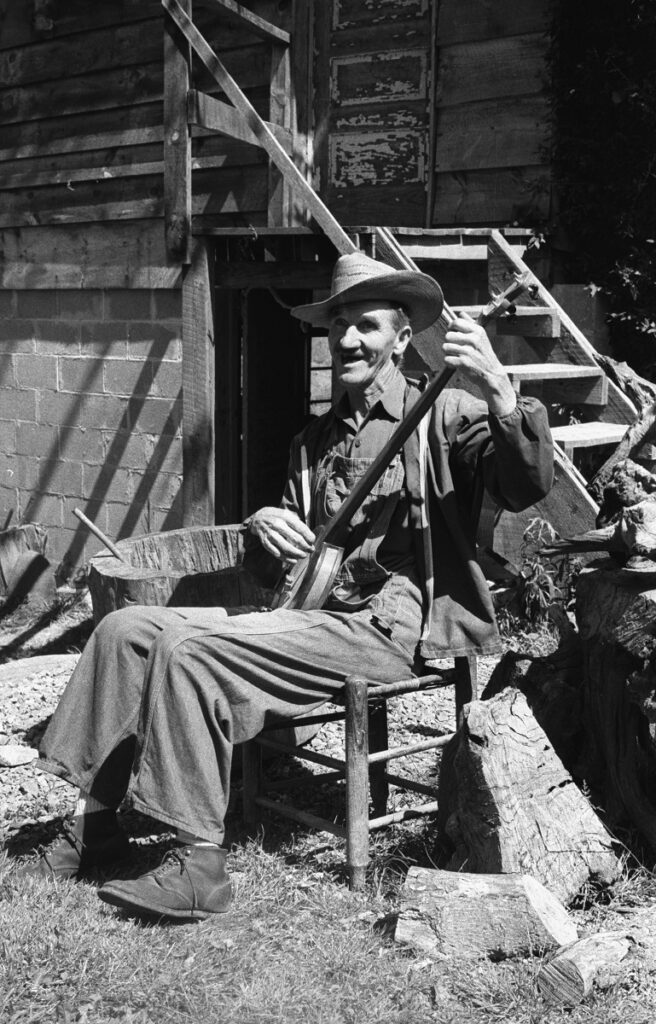
Stanley Hicks playing one of his banjos outside his home.
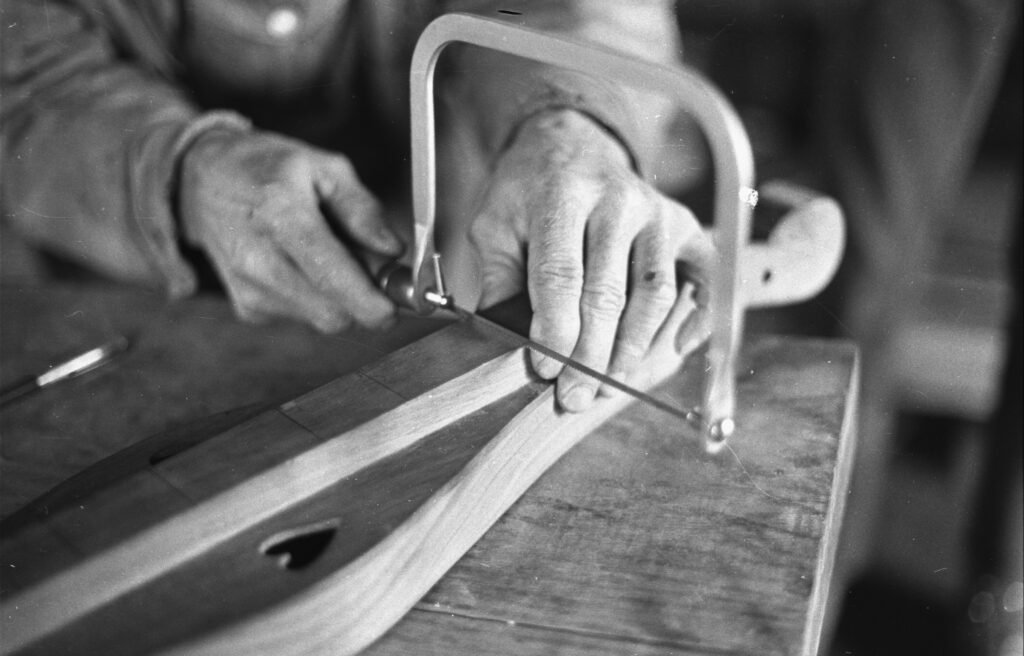
Stanley sawing frets onto a dulcimer.
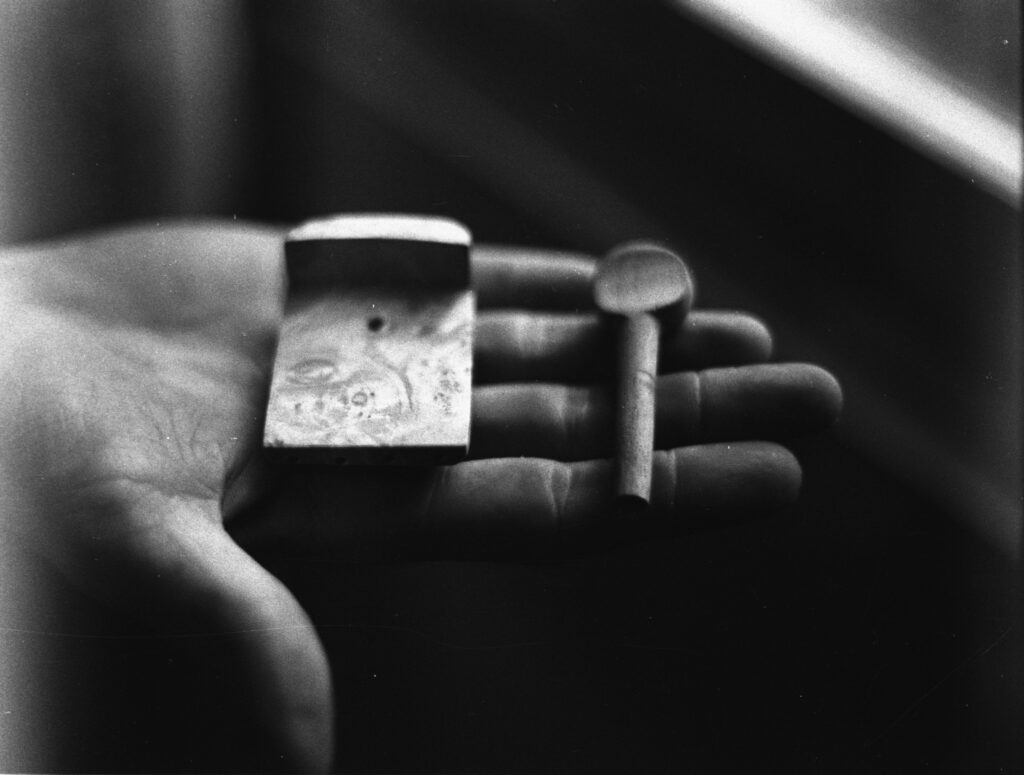
Banjo pieces made by Tedra Harmon.
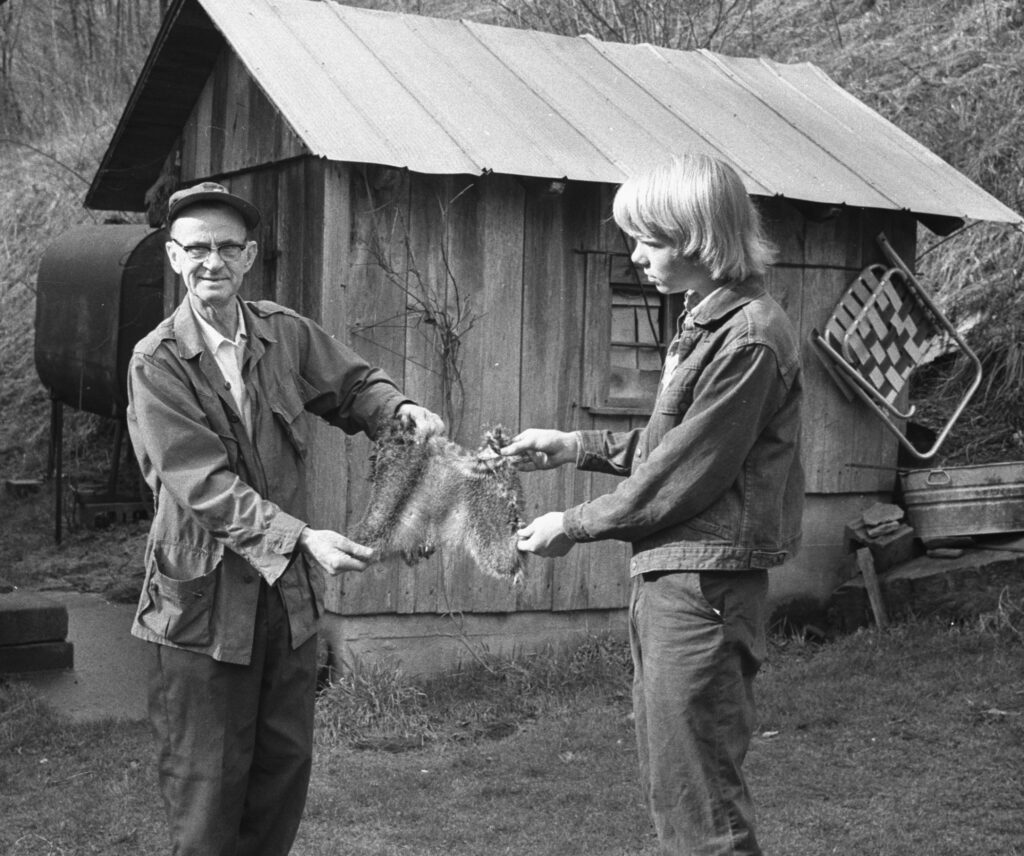
Tedra Harmon and a Foxfire student hold up a groundhog skin to be used for a banjo.

Dave Sturgill with a modern banjo in his workshop.
Web resources:
https://music.si.edu/object/nmah_605678’
https://music.si.edu/spotlight/banjos-smithsonian?page=1
https://mcclungmuseum.utk.edu/exhibitions/the-banjo-from-africa-to-america-and-beyond/
https://balladofamerica.org/banjo/
https://www.npr.org/2011/08/23/139880625/the-banjos-roots-reconsidered
https://www.arts.gov/honors/heritage/stanley-hicks
Clawhammer vs Scruggs style: https://www.youtube.com/watch?v=F5LeYKLhk6Q
http://earlscruggscenter.org/about-us/about-earl-scruggs/
We also recommend reading African Banjo Echoes in Appalachia by Cecelia Conway, 1995.
The suggestion to use catfish skin is probably a good idea. We had a class where we made fish leather wallets, and we used the skins of cod, perch, and salmon. A good size catfish would probably be the right size for a banjo head.
Here are some examples of different fish leathers:
https://www.facebook.com/duluthfolkschool/photos/a.1420509554772145/1420513984771702/
Wow! Too cool, amazing that you can make those out of fish!
i sent an email as well but here is a site that talks about fish leather.
https://hakaimagazine.com/features/the-art-of-turning-fish-into-leather/